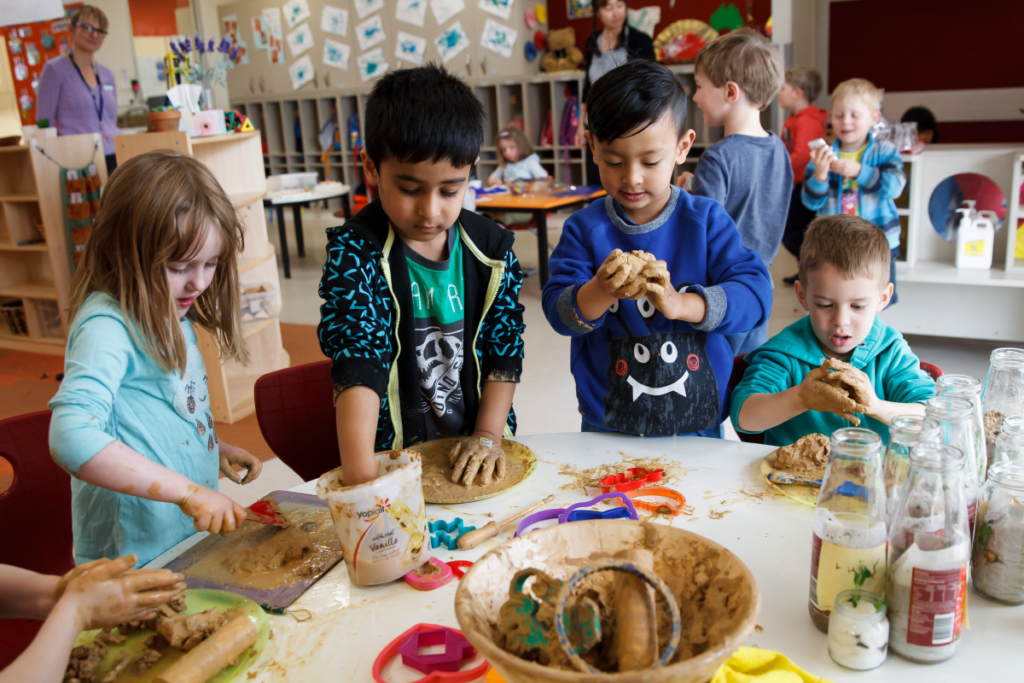Explore the similarities and differences between three major approaches to early childhood education
When shopping for a preschool, it takes time to identify a program and curriculum that best fits your child’s particular learning style. Every child is different, and there are a variety of different curriculum approaches to choose from. The Reggio Emilia inspired philosophy, but it is not the only educational philosophy that focuses on the education of the whole child. To help you determine the most suitable approach to early education for your child, we’ve put together this article which compares some of the most popular approaches to early education. Keep reading to learn how the Reggio Emilia approach differs from that of the Montessori educational philosophy or the Waldorf approach to education.
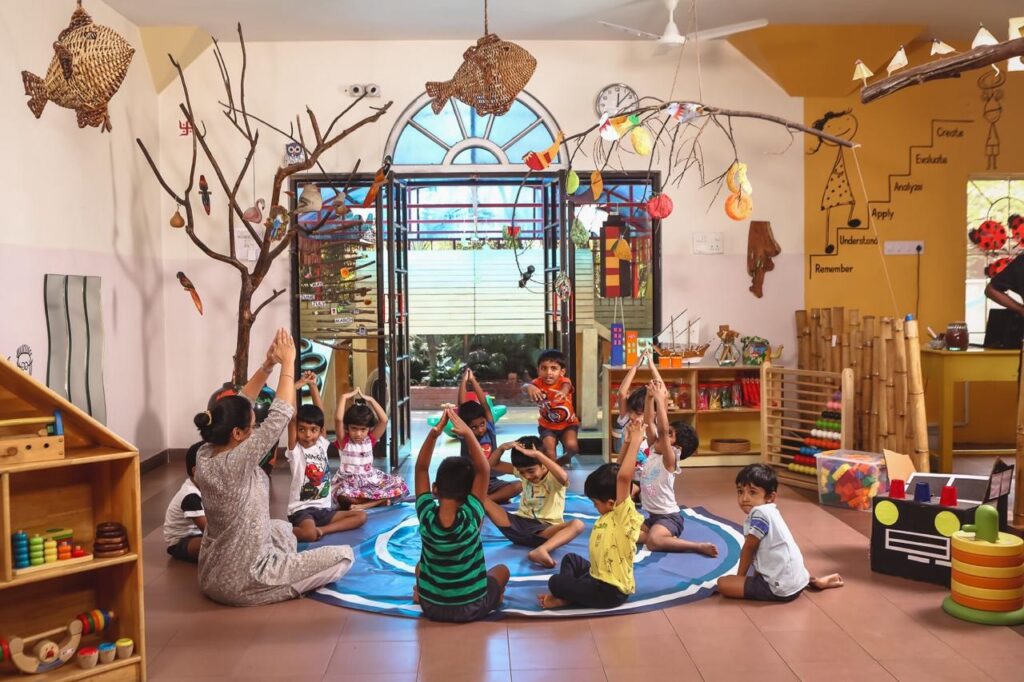
The Montessori Approach to Early Childhood Education
The Montessori approach was developed by Maria Montessori in Rome in the early 1900’s. In Montessori programs, teachers serve as guides and introduce materials to children in deliberate ways. There is a strong focus on academics, but the distinction of Montessori schools is that children are encouraged to learn at their own pace. Montessori schools accomplish this by having a very deliberate but engaging classroom environment where children are encouraged to learn by using materials and equipment called ‘manipulatives,’ which are self-corrective and focus on independent work. For example, in a Montessori school, a child playing with a puzzle will know they have assembled it simply because all the pieces fit together, rather than because they have followed directions or been told by the teacher which pieces go where and why.
Often, teachers in a Montessori school tend to remain with a class for several years, allowing for close teacher-student relationships. Teachers ensure that the children are equipped with the appropriate manipulatives to do their work, which the children seek to accomplish in a focused and independent manner. Generally, classrooms in a Montessori program aren’t organized by age. Instead, they are organized by ability and the level to which the child is capable of working. The philosophy encourages children to learn at their own pace. For instance, a three-year-old child may be in the room with a child as old as five. This allows the older children to serve as role models for the younger children and exposes all of them to a mix of different age groups. Such exposure can help younger children develop as they also learn from older children.
Who is the Montessori approach for?
Parents choose a Montessori school because they believe their children will acquire leadership skills and general independence. Parents may also be interested in the structure of Montessori schools, wherein children learn to work quietly and independently at a task designed for their level. Finally, parents may want to place their children in a mixed age class, as it helps develop leadership in children by focusing on independent but guided learning within age groups.
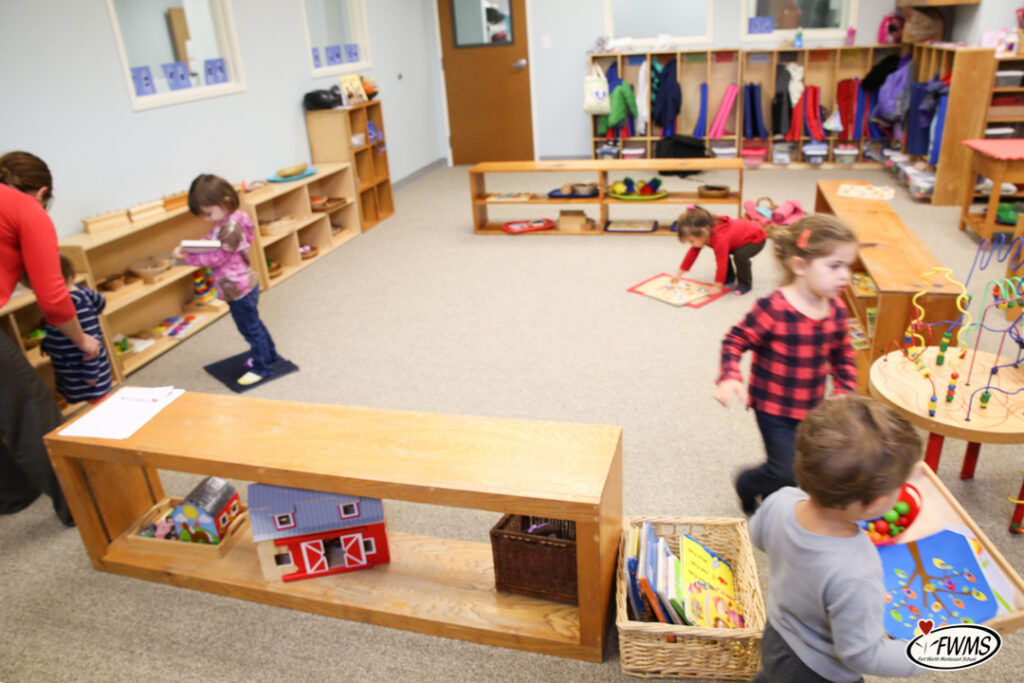
The Waldorf (Steiner) Approach to Early Childhood Education
Rudolph Steiner, the founder of the Waldorf approach, states that a “Waldorf school education is not a pedagogical system, but an art — the art of awakening what is actually there within the human being.” If a program labels itself as a ‘Waldorf School,’ then it is staying true to the original Waldorf approach, as every Waldorf school and teacher must be certified within the same general curriculum. In an early childhood program practicing the Waldorf approach, children are exposed to practical, hands-on activities, and creative play. According to Steiner, young children should primarily be engaged in imaginative play, in an environment free of pressure or competition. Parents find that Waldorf schools emphasize predictability, cooperation, and creative learning, which includes reading, singing, and more. Parents also find that classrooms are minimalist, homey and low-tech. They are often filled with natural materials and wooden toys, but free of computers or other electronics. The approach to academics may seem low-key, as preschool years are primarily focused on physical growth and creative development.
Who is the Waldorf approach for?
Jamie Quirk, Communications & Outreach Director for New Jersey’s Waldorf School of Princeton, says: “A Waldorf education teaches kids how to think, not what to think and to develop themselves as well-rounded individuals with an innate curiosity and love of learning. When they leave the Waldorf environment, they are equipped to rely on their own inner compasses to help steer them on their individual journeys, rather than fit into one specific niche.” Parents may be interested in a Waldorf school to help their child develop a sense of individuality. Free from many of the typical distractions of a consumer culture, children are encouraged to slow down, explore their creativity and use their imagination.
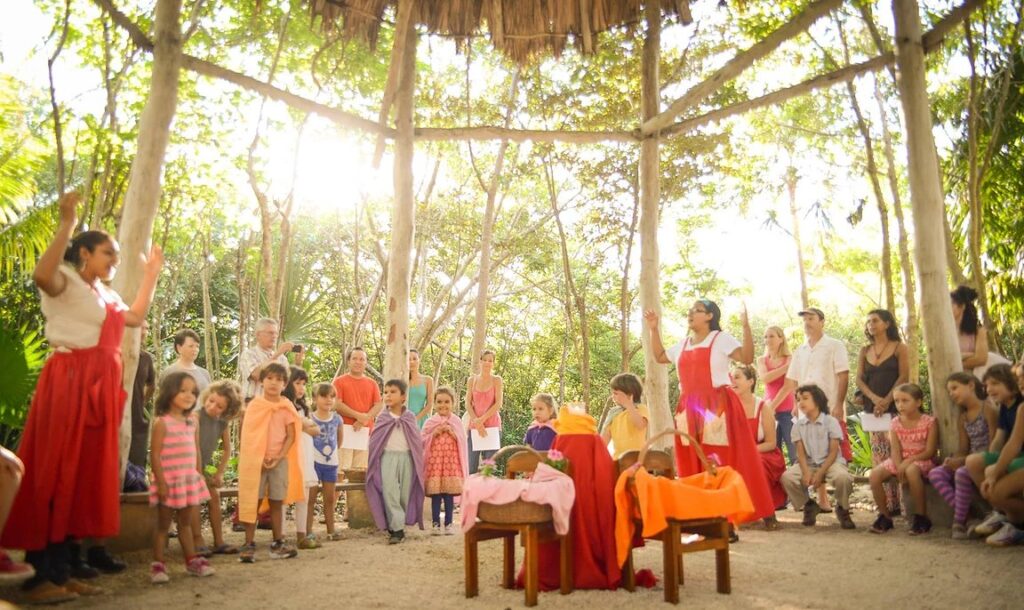
The Reggio Emilia Approach to Early Childhood Education
The Reggio Emilia educational philosophy was developed shortly after World War II by psychologist Loris Malaguzzi and parents in the villages surrounding Reggio Emilia, Italy. Hailed as an exemplary model of early childhood education (Newsweek, 1991), this approach to education is committed to enhancing and facilitating a child’s “own power of thinking through the synthesis of all the expressive, communicative and cognitive languages (Edwards and Forman, 1993).” In America, we use the term “inspired” because the Italian-based program is unique to that city’s government, community and residents. The foundation of a Reggio program lies in the image of the child, as strong, capable and unique. Community and collaboration are important the program. Teachers act as guides, working alongside the children to investigate interests and ideas. Through careful observation of children, teachers introduce learning provocations that build on their questions and interests. Classroom projects are constructed around these ideas, and may often last weeks or months, and take many different twists and turns. Documentation of learning (photos, recordings, art work, etc.) serves to help both teachers and children review what they have learned. By empowering children in the learning process, the goal is to foster creative thinking and a love of learning
Who is the Reggio Emilia approach for?
A Reggio Emilia inspired education may appeal to a progressive parent, who is interested in building on their child’s interests and ideas in a collaborative, community-based environment. The curriculum is not pre-formatted. Project work emerges from careful observation and questioning. Children are not quickly supplied with answers. They are encouraged to explore investigate, and represent their real-world findings. Those in search of a traditional, predetermined curriculum, which utilizes worksheets, will not gravitate to this approach. Parents seeking a child-centered, flexible, and constantly evolving curriculum, which shifts to mirror the interests of the children, will be right at home.
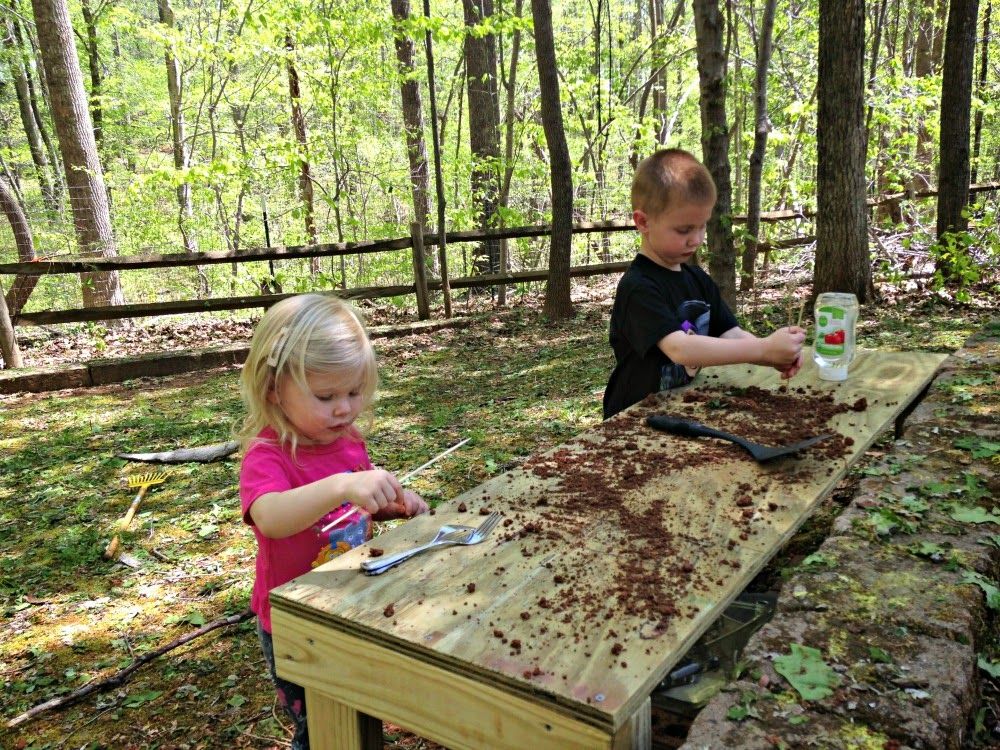
Still have questions?
Choosing a preschool educational philosophy for your child in is a big decision and not one to be made quickly. We’re happy to answer any questions that you may have.

